Actionable insight for decision making about workforce retention and cost reduction measures
Six weeks in, while many workers seem to have settled into a rhythm of working from home, senior leaders are far from feeling settled. Companies who have been affected by COVID-19 are asking themselves: can we preserve both cash and talent? How much longer can we maintain the status quo?
This practical guide offers business leaders a five-step methodology for thinking through cost-saving measures and ways to preserve your most precious asset – your human capital.
Step 1: Keep the business running.
Identify the mission-critical positions for your business and ensure you have replacement plans in case of leaves of absence. And, always remember that communication is the thread that holds everyone and everything together.
Consider implementing the following to keep communication lines flowing:
- A senior leadership standup 1-2 times a week. This activity can be 15-30 minutes at the start of every day. It’s an easy way to stay connected and address matters quickly.
- Regular check-ins with your team. This practice is a great way to see how they are managing with working remotely.
For more on my thoughts on leadership and communication during a crisis, see below.
Step 2: Look for new revenue opportunities.
Consider ways that your business may be able to adapt to provide value to clients in the COVID-19 impacted world.
Consider expanding your geographic focus to markets that are less impactful or more likely to outperform your current market in recovering from COVID-19.
Consider looking to partners that are doing well through this time. Are there ways that your relationship with them can change that is mutually beneficial.
Step 3: Build several scenario-based cash flow models.
Building scenario-based cash flow models that capture the “what ifs” (assumptions) will help you assess your situation and think through what actions you need to take.
First, capture your assumptions based on your business expectations. They could include the probability of deals currently in your pipeline closing, the anticipated retention rate of your clients, and your estimation of how soon the market will recover for your business.
Based on the assumptions, build models that capture the best–, middle– and worst–case scenarios for cash flow, assuming no headcount changes but including feasible cost-saving measures (e.g., redirecting people training plans to free courses, cancelling less critical tools and reduction of travel costs)
Monitor your assumptions against reality frequently and update your models accordingly.
Step 4: Assess your business.
Assess the three critical factors:
- Length of time until you need to take cost management actions;
- Confidence that your product has a market fit post-COVID-19; and
- Functional and cultural strength of your organization.
What are the models telling you? Pick where you stand currently:
- Best-case scenario: You have more than 6 months of breathing space to wait for the market to recover before you need to consider taking cost reduction measures.
- Middle-case scenario: You have about 3 months of breathing space to wait for the market to recover before you need to consider taking cost reduction measures.
- Worst-case scenario: You are spending your cash reserve at a very fast rate and need to make decisions on how to reduce costs ASAP.
Take a good look at your organization. Be honest with yourself here. Rate your team amongst the following:
- High performing: Highly functional, tight and effective with few low performers. You have a strong culture and people who both have the core knowledge and the enthusiasm for your value proposition.
- Well performing: Good team dynamics, reasonably effective but there are some low performers
- Under/Not performing: Not functional as a team, pockets of significant performance issues. Challenged to execute effectively.
Finally, how confident are you that you will have a product-market fit post-COVID-19?
- High confidence that you have a solid product-market fit (High).
- Good confidence, but there are still numerous potential variables that must play out (Medium).
- Concerned that you may not have a good product-market fit (Low).
Step 5: Consider potential labour cost reduction measures.
Remember that whatever actions you take don’t just affect the current situation. You are, in effect, building the organization that will bring you out of this situation and with whom you are going to continue to build your business.
Here are some possible Light, Medium and Severe labour cost reduction measures for you to consider. Remember that you can reverse Light and Medium cost reduction measures once you have confidence that you are in a better financial position.
LIGHT LABOUR COST REDUCTION MEASURES
If you want to extend your runway but feel relatively confident that you will weather this downturn:
- Consider keeping your team as is. Reducing anyone other than obviously ‘non-contributing or dysfunctional team players’ may impact your team’s morale and their ability to handle the stress that everyone is under due to COVID19.
- Consider reducing executive/director salaries with a model that allows them to regain what they’ve lost in the coming year should the business do well. This tactic could buy you a small addition to your runway PLUS the respect and loyalty of your staff.
MEDIUM LABOUR COST REDUCTION MEASURES
If you want to keep your team but cannot afford your current cost structure, the following measures may be worth considering:
- Keep the existing team with a reduction of all salaries. Consider a more significant reduction for your highest income earners.
- Transitioning all or a subset of your organization to three- or four-day workweeks.
- Introduce work sharing for parts of the organization. For example, reducing three employees’ hours so that they share the jobs of two. You could receive support for this via the Work-Sharing Program.
- Introduce work-sharing with other companies. For example, contracting employees to other well-performing companies temporarily. See Invest Ottawa’s HR team ASAP; with adequate notification, they may be able to help broker some of these connections.
These cost reduction measures could allow you to keep your organization together and ready for when your market recovers. They may also help prevent deterioration of your culture, which could be triggered by ‘taking people out’ at this vulnerable time.
SEVERE LABOUR COST REDUCTION MEASURES
If you believe that you need to restructure your organization because it’s not going to be the right fit post-COVID-19 OR, you plan on reducing your headcount because you cannot afford to maintain the team, here are some options to consider.
- Take advantage of Invest Ottawa’s special COVID-19 Talent Assistance Program designed to connect displaced employees with other employers in the region who are hiring. This program enables you to support your team by transitioning them to possible new employment opportunities.
- If you feel confident that you will want to bring the team back within 13 weeks, consider the possibility of a “temporary layoff” which would allow your employees to benefit from Employment Insurance right away.
All suggested actions are just that, suggestions. Remember, this is a simplified approach – it cannot cover every scenario or take into account your unique context. Treat these suggestions as ideas to consider and remember to get legal advice before taking any action.
We are all in this together. If you require support or need a sounding board to review your plans, our seasoned team of executive advisors (many who have survived challenging economic times before) are here to share their lived experiences. Reach out to Invest Ottawa through the Request for Services form, and they will connect you with the appropriate advisor or service.
Download the Preserving Cash and Talent: A Practical Guide Chart. This online PDF makes it easy to assess where your company stands today, and identify what measures you could consider taking next.
Checklist – Lead and communicate with care during crisis:
- No matter what changes you need to make today or in the future, follow the fundamental principles of respect, caring and support.
- Communicate regularly and be as transparent as possible. Collaborate as leadership and stay connected to your team.
- How you treat the entire organization at this time will be remembered in the community long after the economy heals. It may sound simple, but this sums it up, “treat your people as you’d want to be treated.”
- Don’t assume that if you just treat the people who you are ‘keeping’ well that your company will survive. Remember, your employees who stay are friends with those laid off. How you treat those friends impacts what they think of the company, how committed they are to it, how hard they will continue to work, and how long they will remain with you once they have the option of leaving.
- If you know that you have a decent runway before having to consider any people cost reduction action, let your team know. Giving people reprieve from worrying about their income could buy you increased productivity and loyalty.
- For leaders, especially now, it’s important to be ‘visible’ and ‘listening.’ Skip levels are especially helpful now to make your employees feel well connected to the organization.
- Consider ideas for creating support for one another within the organization. A buddy system could help. Company-wide Non-COVID-19 lunch and learns or occasional team zoom coffee breaks may help.
- Should you need to deliver bad news, earlier in the week is better as it generally provides people with access to others during the remainder of the workweek. This timing helps them cope.
About the author
Ella Mar advises CEOs in Ottawa’s tech community to help them execute on their strategies and scale their businesses successfully. Prior to consulting Ella held executive positions leading Engineering, Marketing, Product Management, Customer Success, Finance, Human Resources and Operations in some of Ottawa’s most dynamic technology companies, including Nortel, Entrust, CrossKeys, Espial and Irdeto. With Invest Ottawa, Ella is an advisor for the Scale-up Programming.
For more actionable insight that can help you navigate this new reality, visit Invest Ottawa’s COVID-19 Resource page. The resources provided there have been vetted for quality and are updated by our team on a regular basis.










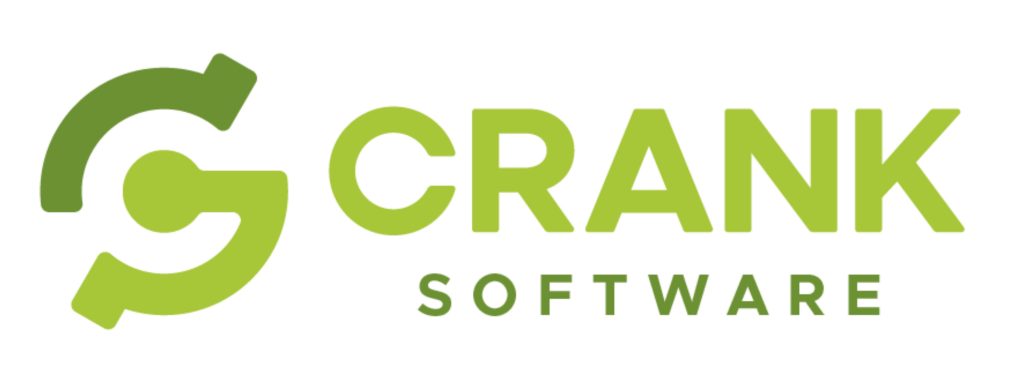




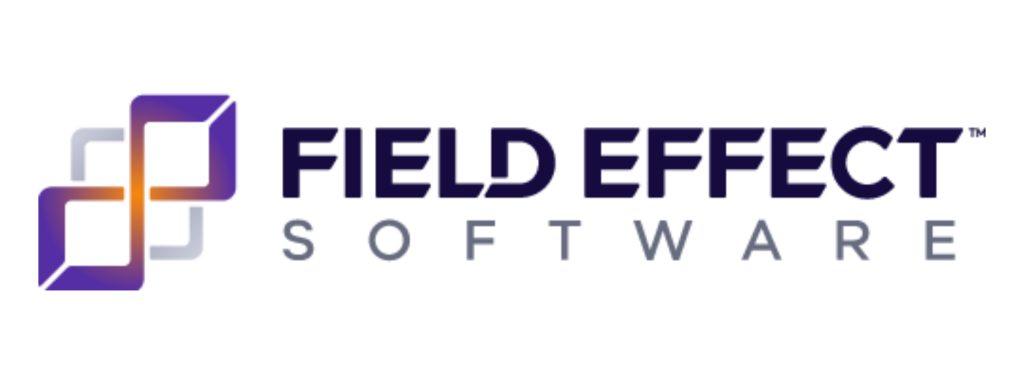
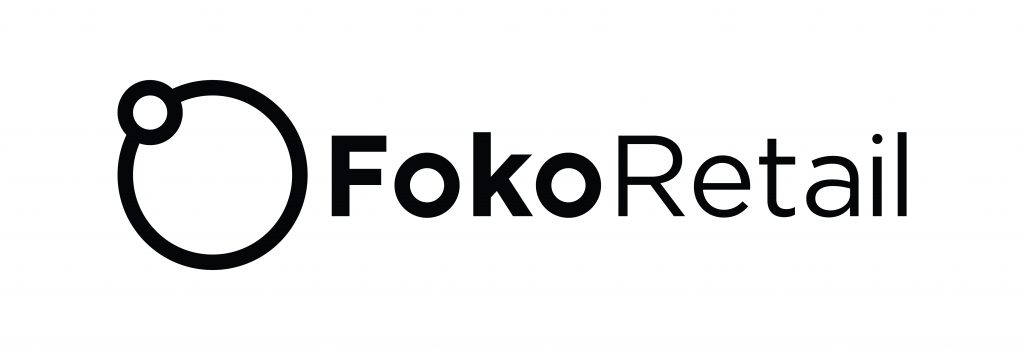
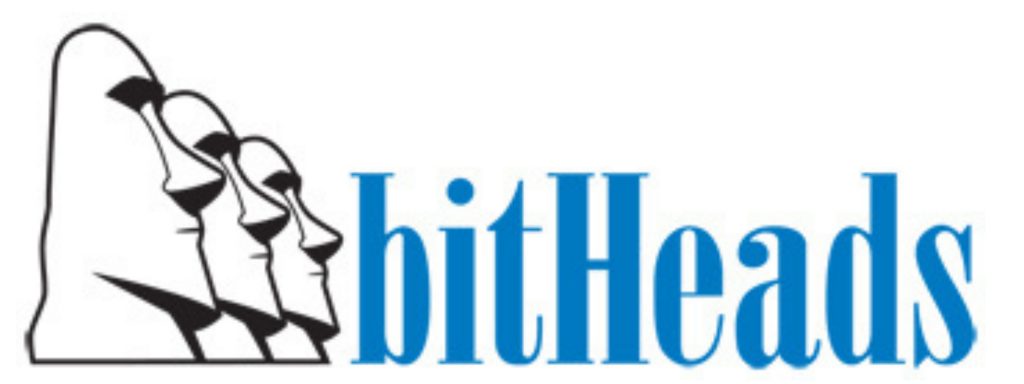
 Transforming our data-driven world takes talent, and MindBridge is where it’s happening. This is where you’ll take artificial intelligence to enable and inspire humans to do more and be better. Our people, our customers, and our investors agree: No one else is accomplishing what we’re doing with data-driven AI right now.
Transforming our data-driven world takes talent, and MindBridge is where it’s happening. This is where you’ll take artificial intelligence to enable and inspire humans to do more and be better. Our people, our customers, and our investors agree: No one else is accomplishing what we’re doing with data-driven AI right now. 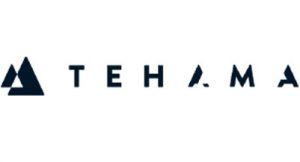 Tehama is enabling the digital workplace of the future. 150 companies are using Tehama. 600,000+ hours of IT services delivered. Zero breaches. The company’s head office is in the heart of the highly desirable Westboro neighborhood of Ottawa where you have your pick of the best of Ottawa’s cafes, restaurants and shops. Prefer to work from home? Tehama offers remote working options and flexible core hours. Join a team of the best and brightest and enjoy competitive salaries, benefits and a commitment to YOUR long-term success.
Tehama is enabling the digital workplace of the future. 150 companies are using Tehama. 600,000+ hours of IT services delivered. Zero breaches. The company’s head office is in the heart of the highly desirable Westboro neighborhood of Ottawa where you have your pick of the best of Ottawa’s cafes, restaurants and shops. Prefer to work from home? Tehama offers remote working options and flexible core hours. Join a team of the best and brightest and enjoy competitive salaries, benefits and a commitment to YOUR long-term success.  Spartan Bioscience aspires to unleash the power of DNA testing for everyone. Like the Spartan warriors of Ancient Greece, our smart, hard-working, and honorable team members get things done. Learn
Spartan Bioscience aspires to unleash the power of DNA testing for everyone. Like the Spartan warriors of Ancient Greece, our smart, hard-working, and honorable team members get things done. Learn